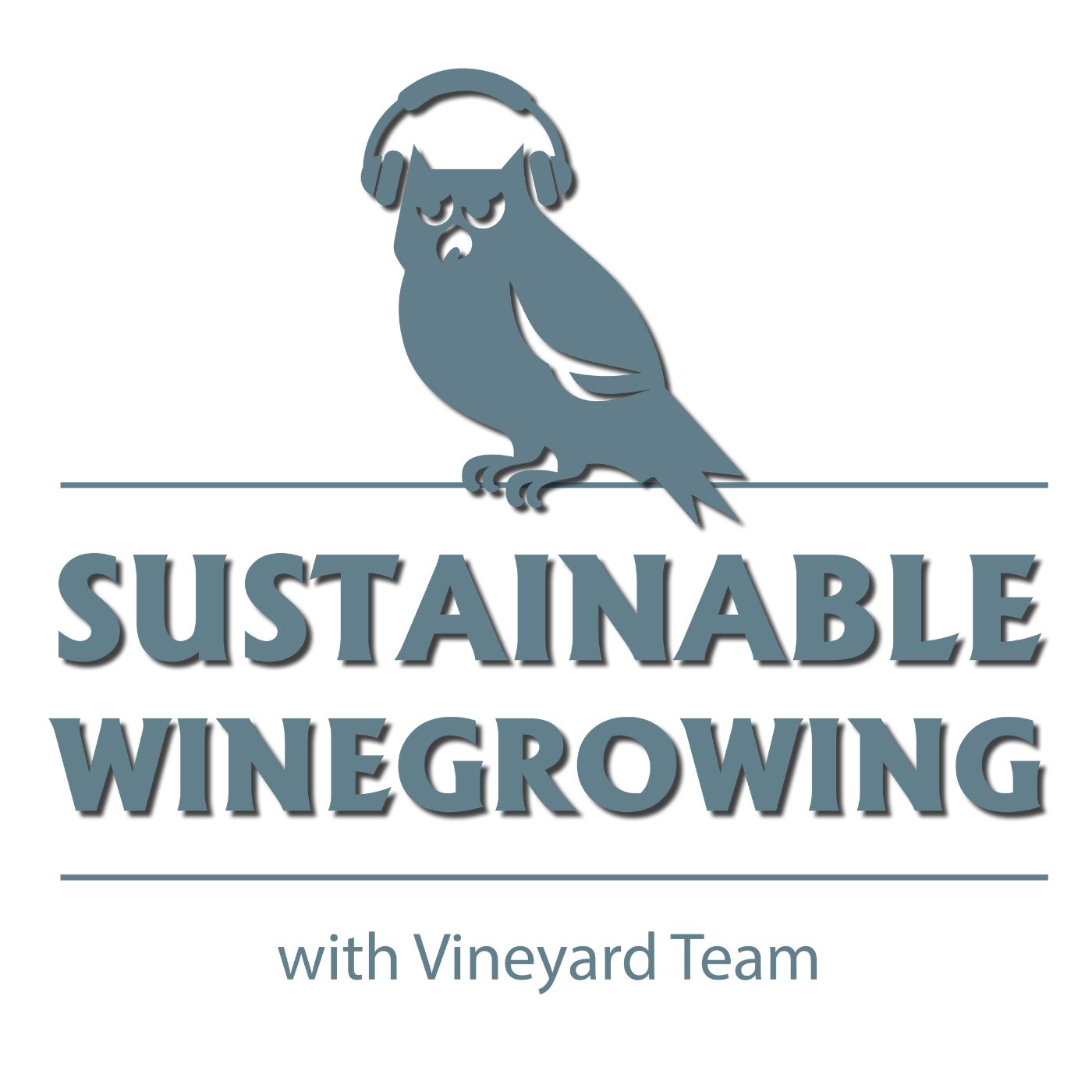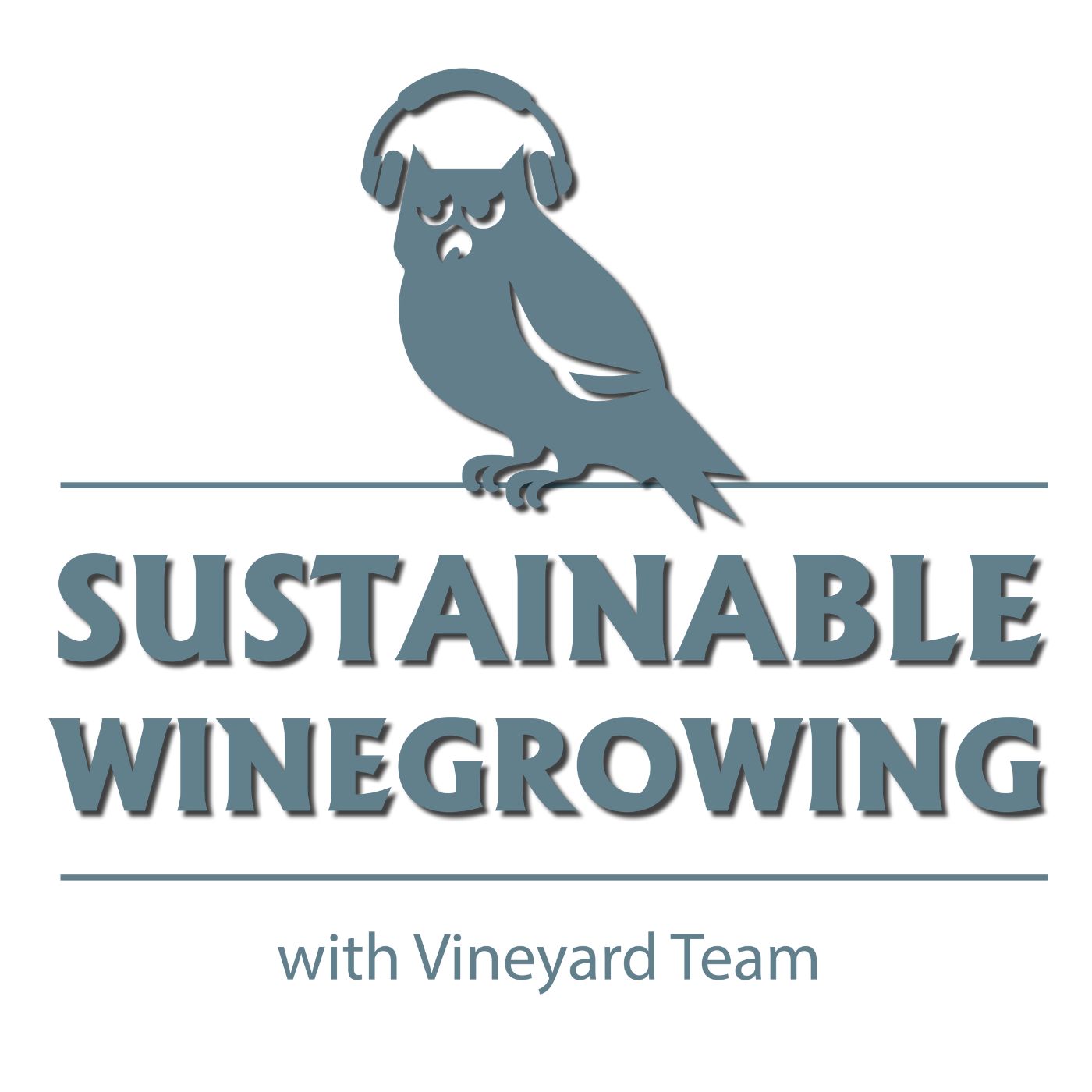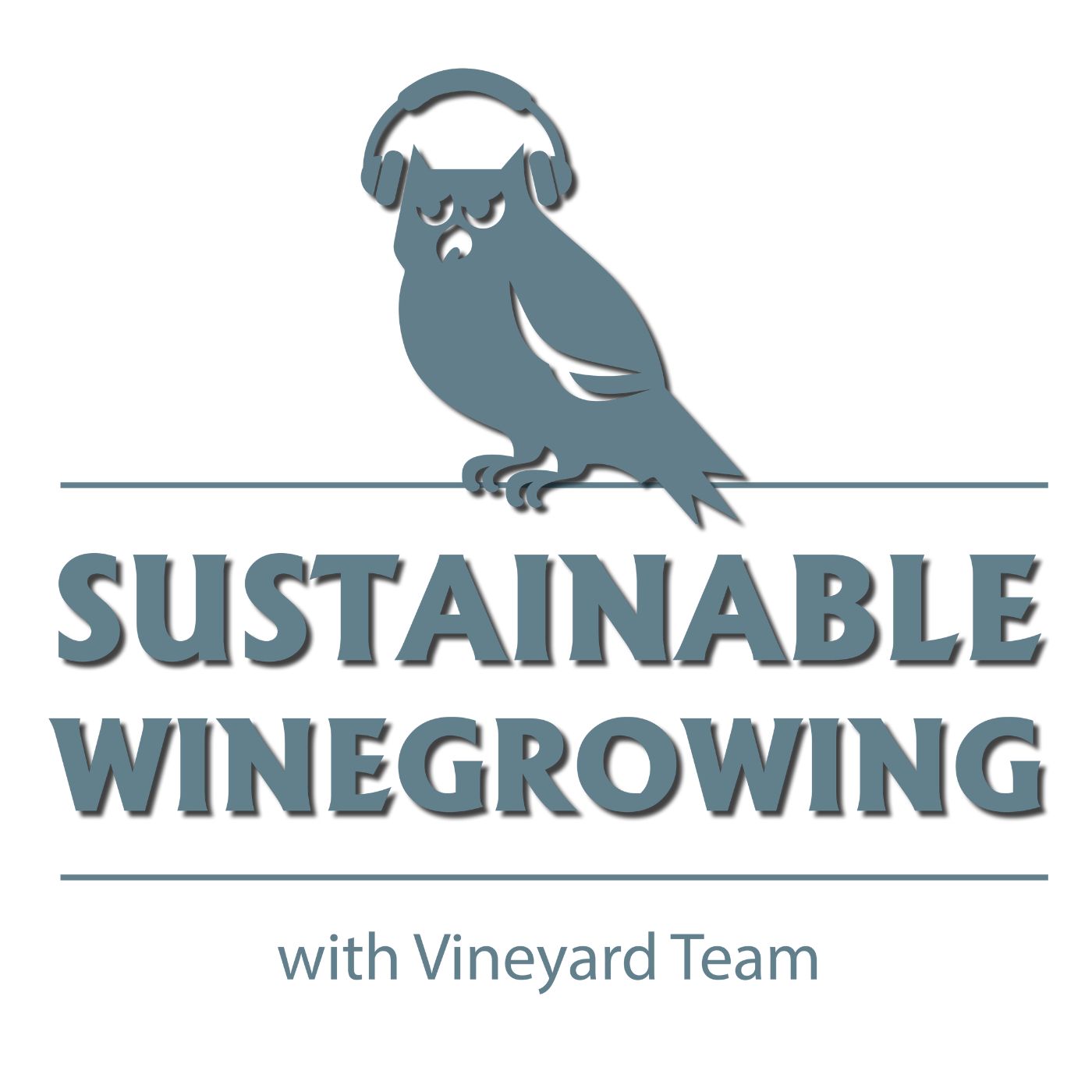251: Vine SAP Analysis to Optimize Nutrition
Description
Monitoring vine nutrition is critical for pest and water stress resilience and the efficient production of quality grapes. Jenny Garley, Chief Science Officer at NEWAGE Laboratories discusses the differences between SAP analysis and tissue tests. SAP measures real time nutrient availability in vascular tissue. While tissue tests look at the nutrients stored in the leaf; some maybe available but most are not. Learn how SAP analysis can improve your nutrient management program, from reducing nitrogen inputs to managing trace elements for optimal plant nutrition.
Resources:
- 115: Examining Plant Nutrient Mobility with SAP Analysis
- Grape growers turn to sap sampling to monitor crop
- NEWAGE Laboratories – SAP Analysis
- The Difference Between Leaf Tissue and Sap Analyses
- The Grower’s Guide to Plant Sap Analysis
Vineyard Team Programs:
- Juan Nevarez Memorial Scholarship - Donate
- SIP Certified – Show your care for the people and planet
- Sustainable Ag Expo – The premiere winegrowing event of the year
- Sustainable Winegrowing On-Demand (Western SARE) – Learn at your own pace
- Vineyard Team – Become a Member
Get More
Subscribe wherever you listen so you never miss an episode on the latest science and research with the Sustainable Winegrowing Podcast. Since 1994, Vineyard Team has been your resource for workshops and field demonstrations, research, and events dedicated to the stewardship of our natural resources.
Learn more at www.vineyardteam.org.
Transcript
[00:00:00 ] Beth Vukmanic: Monitoring grape vine nutrition is critical for pest and water, stress resilliance and the efficient production of quality grapes. Welcome to sustainable. Winegrowing with the vineyard team. Where we bring. You the latest in science of research for the wine industry.
[00:00:19 ] I'm Beth Vukmanic executive director. Since 1994 vineyard team has brought you the latest science-based practices. Experts growers and wine industry tools. Through both. In-field. And online education so that you can grow your business. Please. Raise a glass with us as we cheers to 30 years.
[00:00:38 ] In today's podcast Craig Macmillan, critical resource manager at Niner wine estates with a long time. Sip certified vineyard and the first ever set certified winery speaks. Speaks with Jenny Garley chief science officer at new age. Laboratories. She discusses the differences between SAP analysis. Alesis and tissue testing. SAP measures real. Time, nutrient availability in the vascular tissue. While. Tissue tests. Look at nutrients stored in the leaf. Some may be available, but most are not. Learn how SAP. Analysis can improve your nutrient management program from reducing nitrogen inputs to managing trace elements for optimal plant. Nutrition.
[00:01:21 ] Do you want to be more connected with the viticulture industry, but don't know where to start. Become. I'm a member of the vineyard team. Get access to the latest science-based. Practices experts, growers and wine industry tools through both in-field and online education so that you can grow your business. Visit vineyard team.org. And choose grower or business. Business.
[00:01:43 ] To join the. Community of sustainable wine growers today now let's listen in
[00:01:47 ] Craig Macmillan: our guest today is Jenny Garley. She is chief science officer at New Age Laboratories. And today we're going to talk about plant sap analysis and the idea of nitrogen conversion efficiency percentage. Welcome to the podcast, Jenny.
[00:02:09 ] Jenny Garley: Thank you. Actually, thank you for having me back in your team. It's always lovely to speak with you guys and be a part of this.
[00:02:19 ] Craig Macmillan: Yeah, we're glad you could come back. This is really great. I've heard about sap analysis in the past, a long time ago, and didn't really know anything about it because I was a dinosaur and when I was farming, I just did what I'd always done, what people told me to do, basically. That is, monitoring the nutritional status of vines is critical, obviously, for making fertilizer decisions, but also for making sure that they're happy and healthy.
[00:02:39 ] You know, a vine that's in good balance is going to be resilient, going to tolerate different kinds of stresses, as well as basically be efficient. You know, it's going to produce a crop successfully. And with sustainability in mind in particular, our fertilizer decisions need to be directed. Now, traditionally, um, growers have used leaf tissue analysis of leaves and petioles, usually in the spring or at brazen.
[00:03:03 ] Leaf sap analysis is another way of monitoring plant nutritional status. It's a very, very different way of going about it. What is the difference between the two methods?
[00:03:10 ] Jenny Garley: I'm really glad you asked, because everybody asks this question, and it's very, very important, actually. Even though people use SAP and tissue sampling interchangeably, they are actually quite different from one another. So SAP measures the nutrient availability of the nutrients flowing in the vascular tissue, which is It's basically the xylem and phloem.
[00:03:34 ] It provides a real time analysis of the nutrients that are available in the plant. And that is really one of the most important takeaways between sap and tissue, because tissue looks at the nutrients that are in the brick and mortar of the leaf that have gone into the leaf. Formation and development, the total nutrients, both available but mostly unavailable.
[00:04:04 ] So those are huge differences there. Other differences is that tissue is taken from a singular aged leaf, just one. And then it's placed in a paper bag because that sample needs to be dehydrated. And then it needs to be ground, and then it needs to be ashed, and then it uses strong acid to form that analysis.
[00:04:31 ] For SAP analysis, they only use linear pressure. No heat, no acid, no dehydration. Sap analysis, you need to sample a new yet fully developed leaf and an older yet functional leaf. And that is two points. And when you measure two points on a vine, that can give you mobility. And that is the second, uh, large difference between sap and tissue, is that one, sap gives you mobility.
[00:05:04 ] And that it gives you available nutrients. Tissue gives you total nutrients from a singular age leaf. The way the analysis is done, there's heat, there's grinding, there's ash, and there's acid. What you lose in that is you lose, amongst many things, is sugar. No mobility.
[00:05:27 ] Craig Macmillan: And when you're talking about BRICs, you're talking about carbohydrates that are in the SAP. So there's things that you can learn using SAP analysis that you wouldn't be able to learn using traditional, um, tissue analysis.
[00:05:36 ] Jenny Garley: We're talking about leaf bricks, which is carbohydrates and soluble nutrients. When we're talking about bricks of the berry, of the grape, that's almost all sugar and quite different than a leaf brick. Thanks for bringing that up.
[00:05:50 ] Craig Macmillan: So there's advantages then, because of the information that you get. What are the differences in terms of how you
























